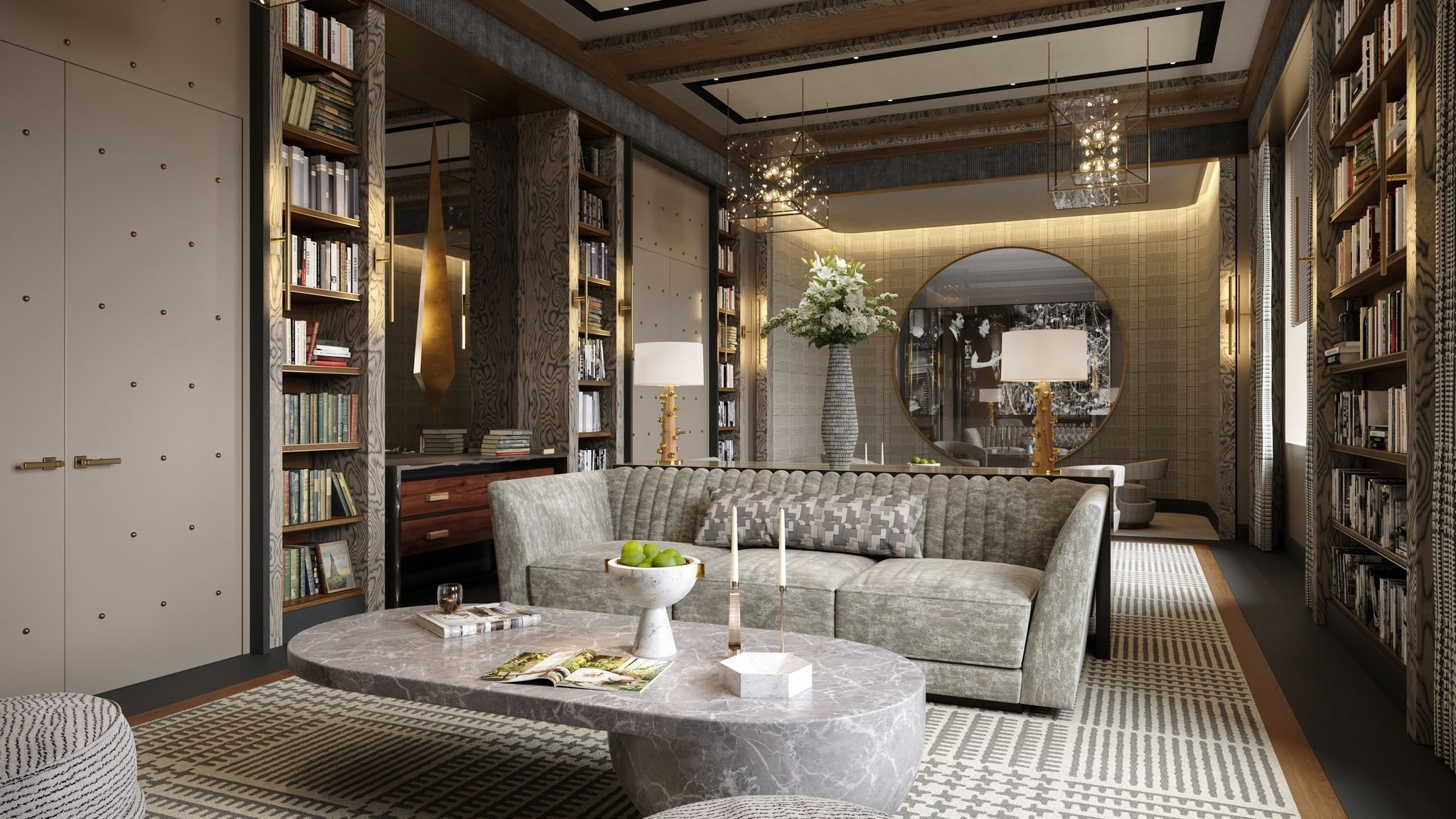How to Retain the Value of Historic Properties
New York features both rich history and flashy modernity. If your property is closer to the former, you can be proud of its unique character. Your historic home adds a sense of charm to your neighborhood. It also stores memories from the past. With the push toward modernization, preserving your residence’s value is especially important.
Historic homes consist of beautiful architecture and help keep the past intact. Owning one also has economic benefits. With the increase in new construction, there are a limited amount of historic properties on the market. This gives your house increased resale value. You can also potentially receive tax breaks and incentives.
With so many benefits of historic properties, here are ways you can help preserve their value.
1. Schedule Regular Maintenance Updates
Consistent upkeep, such as waxing or painting, can help protect the historic features of your home. Also, consider checking your heating and cooling systems. This can help minimize the number of future repairs down the road.
Here are some other monthly maintenance tasks to add to your checklist:
● Clean your furnace filter
● Wash your faucet and showerheads
● Inspect your tub and sink drain
● Test smoke alarms
2. Minimize Extensive Repairs
Keeping up with maintenance is one way to reduce the number of repairs. However, there will be times when you need to make updates. Only focus on necessary fixes, such as replacing outdated plumbing or unsafe structures. Take pictures before doing anything to preserve your home’s originality.
3. Protect the Original Exterior Design
Your home’s architecture is one of the main appeals for potential buyers. Be sure to keep those classic features, such as the triangular-shaped roof, intact. These are the things that make your house stand out from other properties.
New York City investors are familiar with this strategy for blending old and new. Take newer renovations like 100 Barclay, a condo community placed in the former home of the New York Telephone Company. While the condos are modern and upscale, 100 Barclay preserves the unique exterior character of the 1927 building so the exterior stays true to its original design.
4. Preserve Vintage Windows
Your home’s original windows add a sense of charm. Instead of doing a complete replacement, consider inserting a storm window. These come in a variety of materials, from plastic sheets to glass. They make your home more energy-efficient while still preserving its value.
For Colorado homeowners seeking a full replacement, a window replacement service in Colorado Springs can provide high-quality options that complement the architectural style of your historic home. This way, you can maintain its aesthetic appeal while also improving energy efficiency.
5. Properly Maintain Your Floors
Many historic homes feature hardwood flooring. Over time, it can get scratched or stained, which is why it’s vital to keep up with regular maintenance. Make sure your cleaning products are compatible with your flooring to make the wood shine.
Here are some ingredients to look for in your cleaning supplies:
● Solvents
● Surfactants
● Chelators
● Citric acid
● Oxidizers
When cleaning, keep in mind that too much sanding can reduce the longevity of your floors. Minor imperfections provide character. If you end up sanding, do it by hand.
6. Keep in Mind the Original Architect When Remodeling
If you feel like sprucing up a room, make sure it matches the home’s original design. Incorporate decor that is a similar size and style to the other objects inside your house. Look for decorations at your local architectural salvage store or antique shops.
There’s no need to live like you’re in the 1800s — modern upgrades to appliances, energy systems and other house essentials can help you enjoy your home for years to come. But keep what’s unique to the property, and you’ll be able to appreciate the original architect’s vision and stay in line with neighborhood character, too.
When completing a renovation, be sure to do your research and create a budget. This will help you prepare for the expenses and have a plan in place. Bathrooms and kitchens are good spaces to remodel to get a higher ROI when you sell the property.
7. Be Careful When Making Masonry Repairs
Your brick exterior is a staple of your historic home. When it needs repair, keep in mind that the material can’t handle the heaviness of modern cement. You need to find a professional artisan who can match the type of mortar used with your specific brick type.
Also, over time your brick’s color may begin to fade. Consider giving it a touch-up by cleaning off any debris and repainting.
8. Keep Your Plaster Walls
Your plaster walls add a unique style to your home. Plus, they absorb sound better and are water-resistant. If you decide to replace them, keep in mind that it takes skilled artisans to put them up. The material also takes longer to dry.
9. Create a Budget for Repair Costs
Restoring a historic property requires some repairs to keep it up to code. Your heating and electrical system will most likely need to be updated. Create a budget to help with these expenses. This will help you plan and ensure you have enough money saved up.
Here are some tips for creating an effective budget:
● Take a look back at past repair costs.
● Consider seasonal maintenance expenses.
● Remember to watch out for hidden fees.
● Set aside money for emergency funds.
10. Embrace the History
Many homes have unique interior features, such as winding staircases or root cellars. Be sure to keep these attributes intact when making updates. Also, consider doing some research on your home’s history.
Many of New York City’s most famous residential buildings have been home to famous residents, old wive’s tales and — reportedly — even ghost stories. Residents in Manhattan’s Ansonia, for example, can learn about the building’s former status as the largest residential hotel of its time and read about architect William Earle Stokes.
Single-family properties in historic districts also have unique histories. Homeowners in districts like the Soho Cast-Iron Historic District and Gramercy Park famously feature original architecture and neighborhood charm even as property owners update interiors for modern living.
Knowing details about past residents can allow you to continue their legacy. Plus, when you put your house on the market, your historical knowledge can attract potential buyers.
Preserve Your Home’s History
Your property has its own unique style. While regular maintenance is essential, keep in mind your house’s original design when making any extensive repairs. Before you do a complete remodel, consider these tips to maintain your home’s historic value.
About the Author:
Evelyn Long is a real estate writer and editor. She manages Renovated, a web magazine for renters, buyers and professionals. She’s also contributed to Rental Housing Journal, National Association of REALTORS®, and other online publications.
Have a listing you think should be featured contact us or submit here to tell us more! Follow Off The MRKT on Twitter and Instagram, and like us on Facebook.








